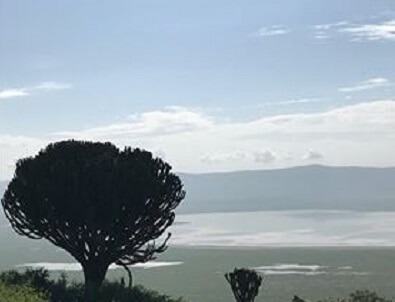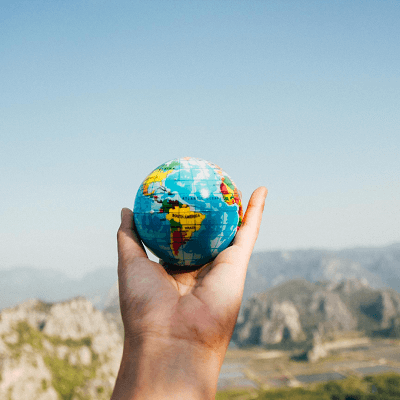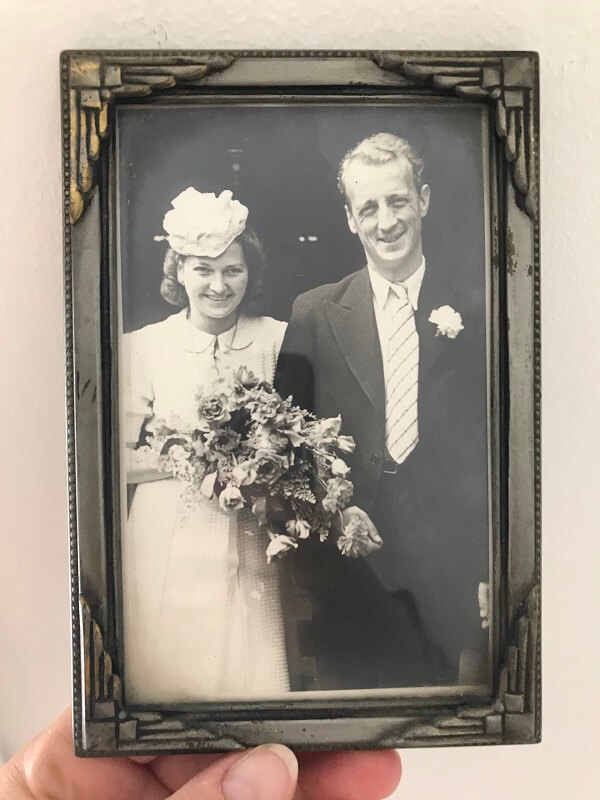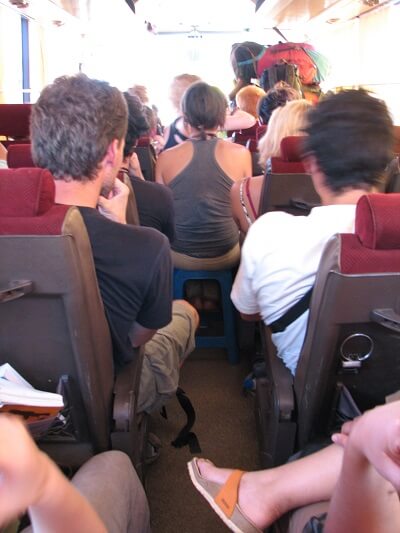Cradle of humankind
2019-01-21 | Tanzania | No Comments


I visited the Ngorongoro crater yesterday not far from the place where scientist have found evidence of continuous presence of human for the last 2 million years – 2 million years! Here where two tectonic plates met and formed the rift valley many millions of years ago is the cradle of humankind. This is where hominoids were born and later developed into homo sapiens.
Watching the huge number of elephants, wilder beasts, zebras, antelopes on the plain grassing while lions and hyenas are watching ready to hunt. The Masai are still living in this area, integrated with the wild life – risking the life of their cattle and themselves. It makes you wonder how life might looked here a million years ago, how did humans survive.
It is appealing to believe that life has been unchanged here for thousands and thousands of years. But this is not the case. The Masai migrated here from Sudan only a few hundred years ago. The plains and the savanna are not untouched by human hand – herders have been living on this land for a long time, their cattle have shaped the landscape, integrated with the wild life.
I live in a country with a history of humans being of only a few thousand years. As Danes we are normally proud of our height, light skin and blue eyes. In reality the first humans in the Nordics – the hunter-gatherers – were short, had dark skin and grey eyes.
The genes for the light skin and blue eyes (a genetic mistake) came from Spain some thousand years ago and migrated to the North. Then 5.000 years ago, the Yamnaya’s from the northern part of Caucasus migrated to the Nordics – they were tall and had light skin. The Scandinavian look then developed – due to migrants, even though we off course all are migrants from the rift valley.
Homo sapiens one of the most successful animals on earth, unless we succeed in destroying the planet making it impossible for us to live here. We have migrated to all corners of the planet where it is possible to live (and in some cases not possible to live).
Climate changes is also visible here – the wet and dry seasons are getting out of balance. It’s raining during the dry season, and not raining in the wet season.
This area – where we were born – will be one of the first area where it will be impossible for humans to live. Humans will be forced to migrate – again – to find a place to survive. Unfortunately, we would have destroyed all the magnificent animals living here… so beautiful to watch.
Climate change, Homo Sapiens, Humankind, Ngrorongoro, Safari

